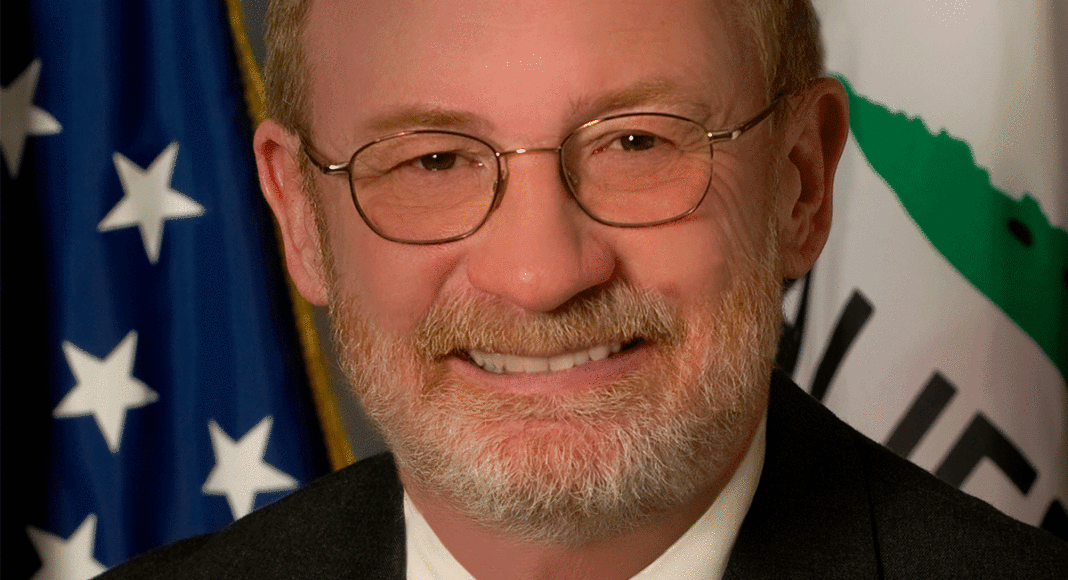In the wake of the CZU August Lightning Complex fires last year, State Sen. John Laird authored a bill that will require long-term wildfire mitigation planning from the state. Gov. Gavin Newsom recently signed the bill, which “codifies the task force that was already in place and gives it specific powers and direction,” says Laird.
The bill renamed the Forest Management Task Force to the Wildfire and Forest Resilience Task Force. It requires the task force to create strategies for key goals, submit public annual progress reports and update the action plan every five years.
“I thought it was important to have a five-year or longer plan. And I thought it was important to have a transparent reporting system so we actually knew how many acres we met with these different goals every year,” says Laird.
The CZU Complex was a wake-up call in some ways. But Laird says the last five years or so, in general, have changed the way legislators think about fire.
“The issue has been that, for a great number of decades, fire policy in California was fire suppression,” says Laird. “And it is really understood that there needs to be more controlled fires and fuels management.”
That suppression combined with climate change means that fires now look different than they did in recent history. They’re hotter, bigger and faster.
“I keep pointing out that the Paradise fire moved at 60 acres a minute,” says Laird. “60 acres a minute,” he repeats. “People could not outrun that fire.”
Supporting Local Efforts
The primary goal of the bill is prevention, which means different things in different areas. Population, climate and environment all affect fire management strategies. Laird expects the bill to result in grants to local agencies and on-the-ground organizations.
David Reid, the director of the newly formed Santa Cruz County Office of Response, Recovery and Resilience, says the bill points the state in the right direction.
“What this legislation will do, hopefully, is give more energy and more financial support to the work that we’re starting to do [locally],” he says.
Improving fire road access and building appropriate buffers to protect communities provide two starting points. In many of the surrounding state-owned lands, the bill could mean larger controlled burns or other fuel management methods.
Parks such as Nisene Marks, Henry Cowell and parts of unburned Fall Creek look similar to Big Basin before the fires, he says. More intensive fuel management could protect them.
Reid calls the CZU Complex an eye-opener. Until last summer, few of the state’s catastrophic fires had occurred in coastal redwood forests, he explains.
“None of us thought that redwood forests would burn as quickly and as intensely as they did last August,” he says. Characteristics that protected the areas in the past—thick bark and coastal fog, for example—might not do so now.
“Climate change is changing those dynamics. It’s drying up the fuels on the ground, and it’s creating conditions that could result in these kinds of fires in the future,” he says.
“We are recognizing that we need to be more proactive.”
Groups like the Santa Cruz Mountains Stewardship Network are already working on strategies. The Long-Term Wildfire Mitigation Planning Bill, he hopes, will bolster those efforts.













